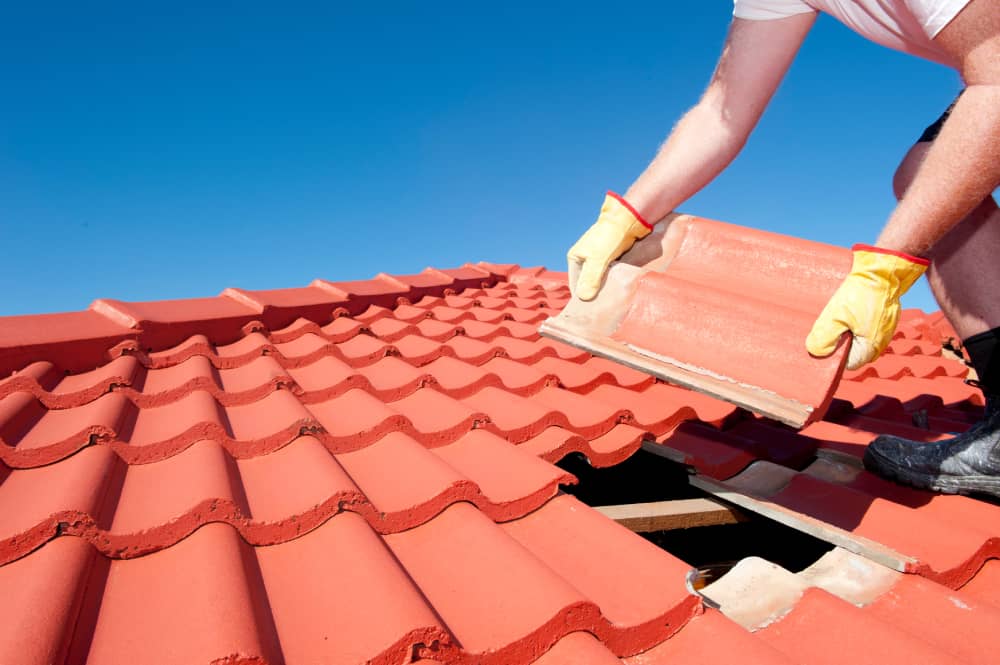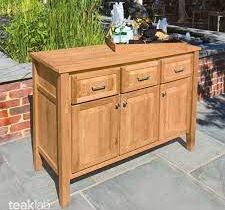You may not be aware of termites, but they are a severe problem for homeowners and could ruin your home if left untreated.
They can cause damage to the interior of your home, and they also chew through electrical wires, causing fires. If you suspect your home has an infestation, contact a pest control service to inspect and treat it for termites.
What Are Termites?
Termites are eusocial, tropical insects that process large amounts of plant litter. They are vital in soil conservation and carbon cycling by recycling dead plant matter into their nests and mounds.
During their lifetimes, termites cycle through the three major caste levels. Depending on the species, they may be called workers, soldiers or reproductives (also known as alates).
Workers and soldiers are immature and have no wings; they do everything from building their nests to locating food. They also care for the young, which are called nymphs.
Reproductives are winged males and females that swarm from mature colonies to form new ones. The queens, the primary reproductives, are capable of producing a high number of eggs a day.
Termite Types
There are several termite species, and each has unique characteristics. Some are more destructive than others, but all can chew through wood undetected.
Subterranean termites live below ground and commute through tunnels to and from their food source. They prefer damp soils and eat anything containing cellulose, which their bodies convert into nutrition.
Drywood termites, lateral or Formosan termites, are native to the Southwest U.S. and northwest Mexico. They can be transported to other regions by infested furniture or lumber.
These termites form colonies ranging from just two individuals (a mated pair or incipient colony) to hundreds of thousands or perhaps millions of individuals. They have several castes, including larvae, workers, soldiers and reproductives.
Termite Prevention
Termite control is essential to prevent termites from invading your home. This involves a variety of practices that homeowners, such as regular inspections and maintenance, can perform.
Termites are attracted to moisture, so proper drainage around your home can reduce your risk of an infestation. Ensure your gutters are clear of debris and that downspouts divert water from the foundation.
Keep landscaping trimmed back to avoid overgrown bushes and trees that termites can use as nesting materials. Rake mulch at least 4 inches away from the foundation.
Woodpiles are also a prime food source for subterranean termites, so remove them from the yard.
In addition, be sure to stack firewood at least 20 feet away from the house and raise it to 8 inches above the ground.
Termites will also seek out cellulose-based materials like paper and cardboard. Get rid of these as soon as you can. Termite prevention starts with trustworthy services from a pest control company and continues through preventative treatments.
Termite Treatments
When it comes to termite control, there are several different treatments to choose from. The choice of treatment depends on the situation and your goals.
Typically, termite specialists use liquids or baits to target existing infestations. These techniques are used with other termite prevention methods and eradication for the best results.
Liquid termiticides have been around for decades and are a standard pest control method. They create a barrier in the soil that prevents termites from tunneling into your home.
They also kill existing termites. Earlier, most liquid termiticides were repellent; however, recent products such as Termidor(r), Taurus(r) (fipronil), Premise(r) (imidacloprid), and Altriset(r) (chlorantraniliprole) are non-repellent.
Another type of pest control is through the use of bait stations. These stations contain baits that are poisoned with slow-acting, non-repellent termiticides. The termites ingest the bait and bring it back to their colony, where the entire population is killed over time.














